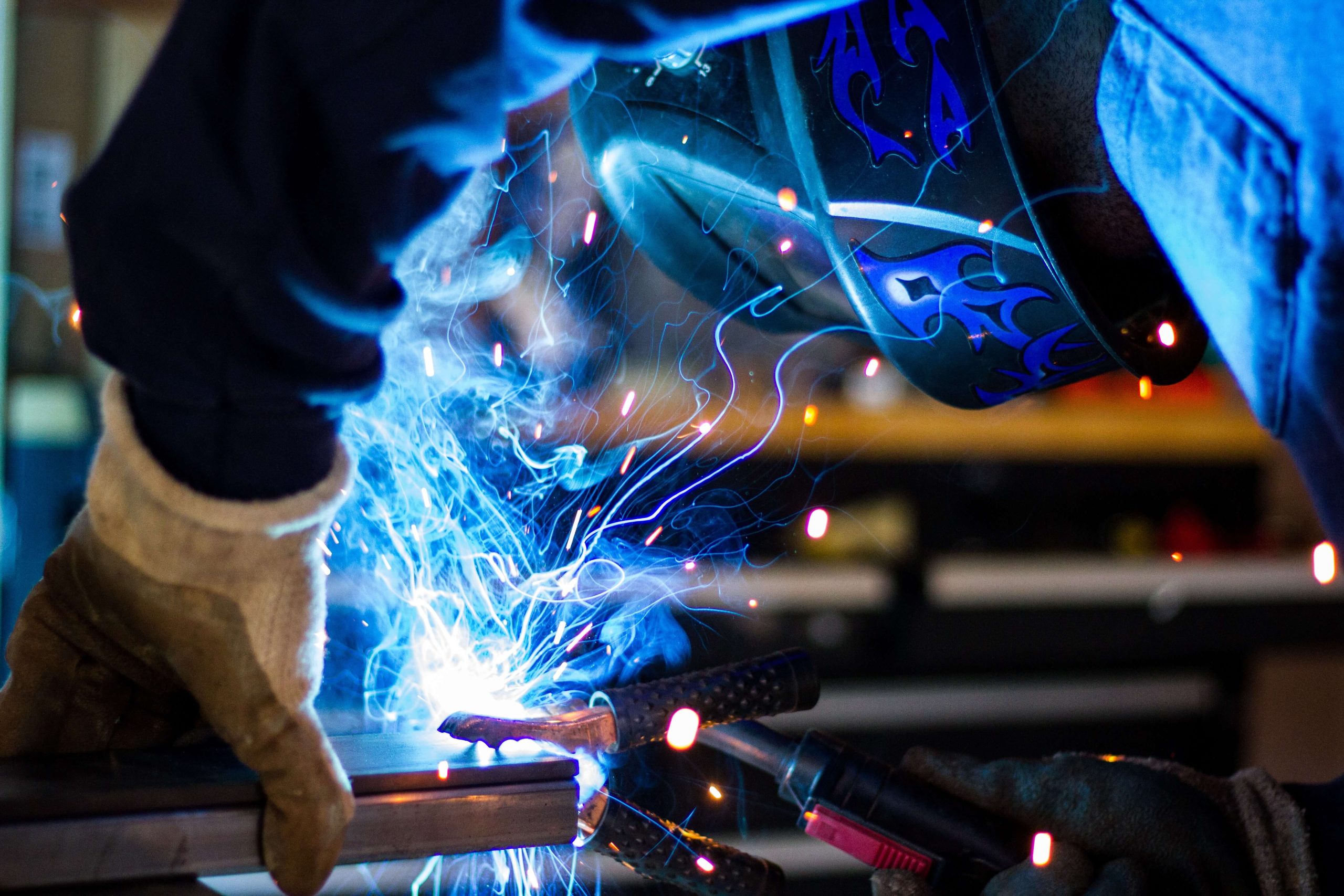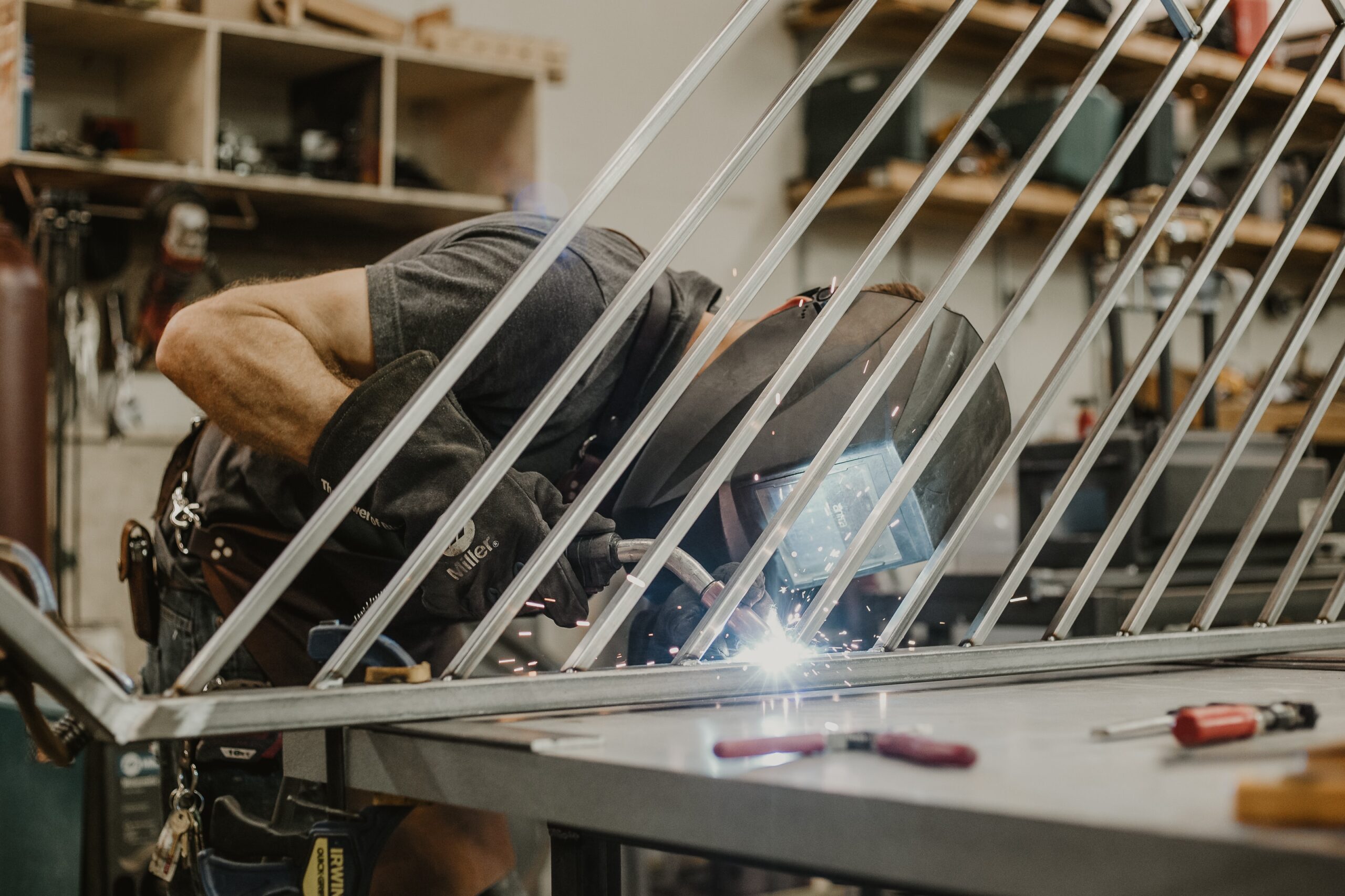Most frequent weld defects solved by Belgrade Welding experts
All Regarding Welding: Key Insights Into Techniques and Finest Practices for Success
Welding incorporates a variety of methods, each fit for particular materials and applications. Comprehending these techniques, such as GMAW, SMAW, and TIG, is important for accomplishing ideal results. Furthermore, the right devices and safety practices can not be overlooked. As prep work and repairing play critical functions in the welding process, understanding these elements can considerably improve the quality of the end product. What are the crucial variables that ensure a successful weld?
Understanding Various Welding Techniques
Welding techniques incorporate a range of methods, each suited to particular applications and products. Amongst the most common techniques are Gas Metal Arc Welding (GMAW), Shielded Steel Arc Welding (SMAW), and Tungsten Inert Gas Welding (TIG) GMAW, also recognized as MIG welding, is popular for its rate and versatility, making it optimal for slim materials. SMAW, or stick welding, is favored for its simpleness and performance in outdoor environments, especially with thicker metals. TIG welding uses precision and control, making it appropriate for complex job and non-ferrous steels (Fabrication). Each technique has its one-of-a-kind advantages and considerations, allowing welders to select the best technique based on the project's demands, material type, and desired outcomes. Understanding these methods is crucial for effective welding
Necessary Welding Tools and Tools
While various welding methods require specific skills, the appropriate devices and devices are similarly vital for achieving high quality outcomes. Crucial welding tools consists of welding makers, which vary depending on the technique-- such as MIG, TIG, or stick welding. Protective equipment, consisting of aprons, gloves, and helmets, assurances security and convenience throughout the process. Additionally, clamps and fixtures assist protect materials in place, making sure precision in welds. Consumables like welding rods, cord, and shielding gas are additionally critical parts that influence the quality of the weld. In addition, devices such as cutters and grinders facilitate surface area preparation and post-weld finishing, adding to an expert end result. Buying top quality equipment eventually enhances the performance and effectiveness of welding tasks.
Safety And Security Practices in Welding
Proper safety and security methods are crucial in the welding sector to shield employees from potential threats. Welders need to use suitable individual protective tools (PPE), including headgears with correct shading, handwear covers, and flame-resistant clothing. Adequate air flow is essential to lower exposure to unsafe fumes and gases generated during the welding process. In addition, workers must be learnt the correct handling of welding tools to avoid mishaps. Fire safety procedures, such as keeping combustible materials far from the welding location and having fire extinguishers easily available, are required. Routine evaluations of equipment and work spaces can assist recognize prospective threats prior to they bring about crashes. By sticking to these security practices, welders can produce a more secure working atmosphere and lessen dangers associated with their trade.
Preparing Products for Welding
Preparing products for welding is a crucial action that greatly influences the top quality and integrity of the end product (Montana Mobile Welding and Repair Belgrade Fabrication). Correct prep work entails cleaning up the surface areas to remove contaminants such as oil, rust, and dirt, which can endanger the weld. Techniques such as grinding, sanding, or utilizing solvents are typically utilized to accomplish a tidy surface. Additionally, guaranteeing that the materials fit with each other well is essential; gaps can cause weak welds. It's also crucial to think about the alignment and positioning of the elements, as this will impact the convenience of welding and the last outcome. Ultimately, picking the appropriate filler material and making sure compatibility with the base metals is important for achieving strong, sturdy welds
Tips for Achieving High-Quality Welds
Accomplishing high-grade welds calls for interest to detail and adherence to ideal practices throughout the welding process. Correct joint preparation is important, making certain surface areas are complimentary and tidy from impurities. Picking the suitable filler material and welding method based on the base metals is crucial for suitable bonding. Maintaining regular traveling rate and angle while welding can advertise and prevent problems uniformity. Furthermore, managing warmth input is essential; excessive warm can result in bending and compromised joints. On a regular basis examining the welds throughout the process enables prompt modifications if needed. Employing ideal post-weld therapies, such as cleansing and anxiety relief, can improve the durability and integrity of the weld, ultimately guaranteeing a successful outcome.
Fixing Typical Welding Issues
Welding often read here provides challenges that can affect the top quality and honesty of the end product. Usual issues such as porosity, inconsistent weld beads, and overheating can emerge, each needing certain fixing techniques. Recognizing these issues is essential for welders to boost their skills and accomplish suitable results.
Porosity Issues Clarified
Although porosity can frequently be overlooked, it remains a vital problem in welding that can jeopardize the integrity of an ended up item. Porosity describes the visibility of little gas pockets within the weld grain, which can compromise the joint and lead to early failure. This trouble usually arises from impurities, moisture, or inappropriate protecting gas coverage during the welding procedure. To mitigate porosity, welders ought to confirm that the base products are dry and tidy, utilize appropriate securing gases, and maintain consistent welding parameters. Regularly checking the equipment and atmosphere can additionally aid recognize prospective concerns prior to they show up in the weld. Resolving porosity successfully is essential for achieving solid, long lasting welds that fulfill high quality standards.

Irregular Weld Beads
Inconsistent weld grains can greatly influence the top quality and stamina of a completed item. Various factors add to this issue, including inappropriate travel rate, incorrect amperage settings, and irregular electrode angles. When the welder moves as well rapidly, a grain may show up slim and lack infiltration, while moving too gradually can trigger excessive build-up. Additionally, utilizing the incorrect amperage can cause either damaging or extreme spatter, both of which concession weld honesty. The welder's strategy, such as inconsistent torch motion, can additionally result in irregular bead appearance. To alleviate these problems, welders need to concentrate on keeping stable, regulated movements and guaranteeing proper tools settings to achieve harmony in their welds. Uniformity is crucial to accomplishing trusted and solid welds.
Getting Too Hot and Warping Issues
Too much warm during the welding process can lead to substantial getting too hot and buckling issues, affecting the architectural stability of the workpiece. These troubles usually show up as distortion, which can endanger positioning and fit-up, making more setting up challenging. Elements adding to overheating include the selection of welding specifications, such as voltage and take a trip speed, along with the kind of material being welded. To alleviate these issues, welders must maintain constant traveling rate and proper warm input while checking the work surface temperature level. In addition, pre-heating or post-weld heat read what he said therapy can assist alleviate stresses brought on by rapid air conditioning - Montana Mobile Welding and Repair Belgrade Welding. Normal assessment and adherence to ideal methods are important in avoiding getting too hot and making sure the durability and reliability of welded structures
Frequently Asked Concerns
What Are the Occupation Opportunities in the Welding Market?
The welding industry uses varied occupation possibilities, consisting of settings as welders, educators, inspectors, and designers. Professionals can operate in production, building and construction, aerospace, and vehicle industries, taking advantage of strong need and affordable salaries in different roles.
Just How Can I Enhance My Welding Rate Without Sacrificing Top Quality?
To boost welding rate without sacrificing high quality, one must exercise reliable methods, preserve tools, maximize setups, and enhance hand-eye coordination. Routine training and looking for comments can also greatly add to achieving faster, top notch welds.
What Qualifications Are Available for Welders?
Numerous certifications exist for welders, including those from the American Welding Culture (AWS), the National Facility for Building Education and Research (NCCER), and various industry-specific organizations. These qualifications boost employability and demonstrate skill effectiveness.
How Does Welding Affect the Qualities of Metals?
Welding influences the properties of metals by modifying their microstructure, which can bring about modifications in strength, firmness, and ductility. Warm input and cooling rates during the procedure significantly affect these product attributes.
Can I Bonded Dissimilar Metals With Each Other?
